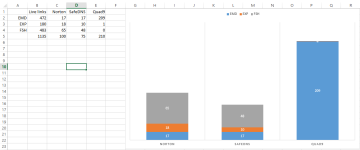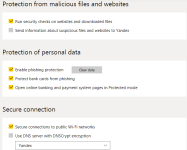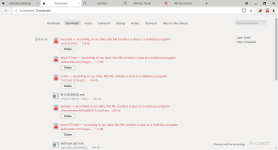As I suspected, Heimdal is a bit of a rockstar in terms of traffic and DNS filtration in some categories. As to your concerns;
1) 0.9%-1.5% is trivial, virtually meaningless CPU use. This is the equivalent of a SVCHOST process in Windows. Local DNS server WILL have CPU use!
2) What's considered high memory use? I will check when I get home but never noticed any noticeable ram uses.
3) Correct, as I said it uses loopback to it's own DNS server then uses the default DNS as a forwarder. The proper way to test would be to use GoogleDNS (8.8.8.8), then install and turn on Heimdal traffic monitoring which would supplant it's own loopback and move GoogleDNS to the forwarder. OR, turn your IPv4 DNS setting to 'Auto' and resolve to whatever your router defaults to, ISP?
4) Probably caused by #3 above.
5) Heimdal is cheap. You can find it for 50-75% off. It's one of the most effective, zero impact protection systems I have found which is why I use it as part of my layered security. Heimdal blocks 'wierd' stuff as they source a LOT of DNS blocking from the Darkweb and use Heuristic Blocking.
1) for me, it's a lot. because my svchosts rarely uses that much. My laptop is bad at battery life. 1.5% can cause significant battery drain for me. When I don't use anything, no internet traffic, it must stay calmly at 0%, or it should be removed. It's just me. I care about resource usage and performance x10 than security and privacy
2) depends on its purpose. IMO, it should use =<50MB in total. It even used x2 more RAM than KIS 2018
3) I didn't know that so I didn't change the DNS to google's before the test but it didn't matter much
5) According to my test, KIS's web filter is much much better than Heimdal. Kaspersky is always one of the first vendors to block a brand new phishing on VT, even sooner than Forti and netcraft. I think KIS's web filter + Norton DNS + Google SafeBrowsing should be more than enough for most users
5*) Although we can get it for 50% off but I still think our AV's filter is good enough. Or if we are a bit more paranoid, we can install Panda safe web (though it's like an adware). Everyone can install it as system-wise malware blocker for free






